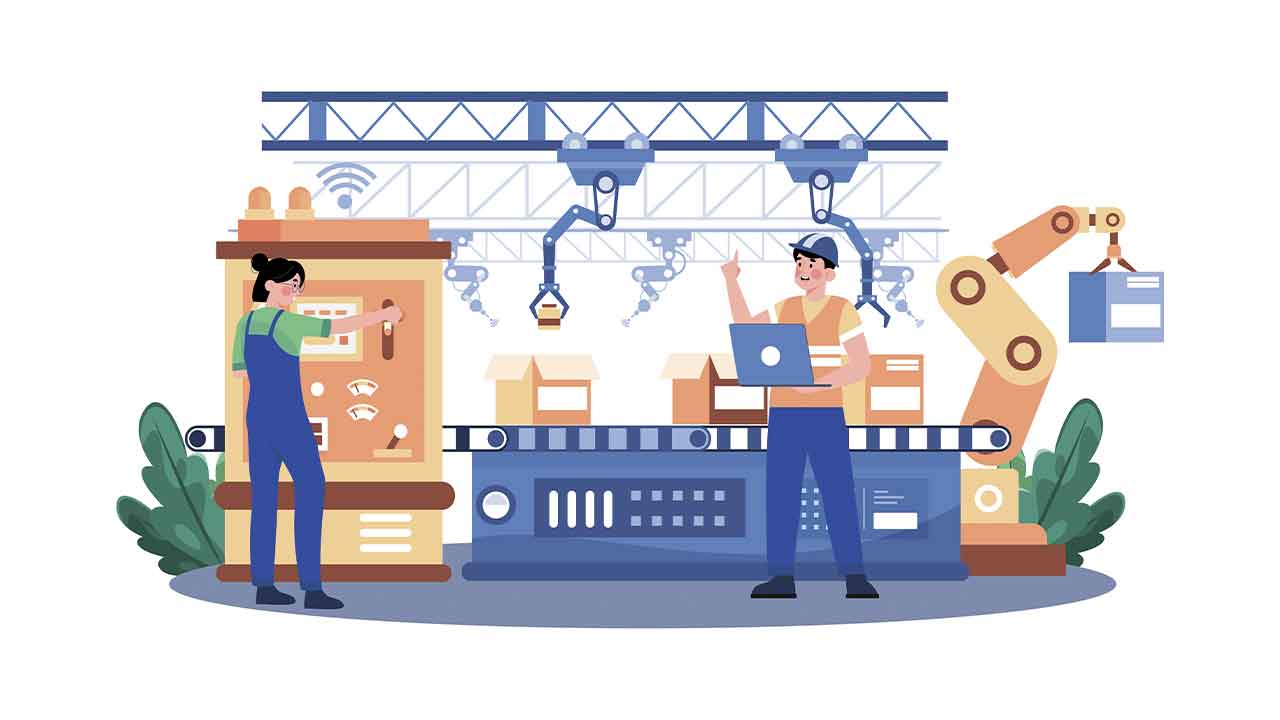Will SCADA Experts Embrace the benefits of Industrial Internet of Things?
Many of the promised benefits of the Industrial Internet of Things (IIoT) did not capture the imagination of SCADA professionals a year or two ago. Why not? Because many of the IIoT capabilities lauded as “visionary” match what they have been accomplishing for decades.
Over the years, many SCADA professionals discovered ways to bring remote data back to the home office. They found tool sets from different industries to convert information into actionable data. When port and com converters became available, SCADA professionals worked with companies to morph the technology into something useful to replace early modems. They worked with many solution manufacturers to mold what they needed for their hardened environment, including RTUs, PLCs, wireless transmitters, wireless I/O, flow computers, displays, automation applications, data warehousing, and beyond. They jumped on opportunities to reduce the cost of operation, increase production, and move the nation’s—and world’s—energy. They knew where technology could be used to improve their systems. They also knew the downsides of applying technology in the wrong way or in the wrong applications.
In short, SCADA professionals gained many of the benefits of the IIoT—even though it was typically through cumbersome or difficult routes. They recognized the value of data and made that data flow possible with the tools they had at hand. Due to the technology at the time, however, the past systems easily became silos, just like most other systems in the enterprise.
Skepticism of the Industrial Internet of Things
Don’t be fooled by any sideways glances at the IIoT—SCADA professionals are experts at evaluating platforms and recognizing where they will be of service. That sidelong look is sizing up where they need to use the current technology to overcome current challenges.
SCADA professionals integrate technology into their everyday work lives if:
- The platforms can cross the chasm for interoperability
- The technology is easy to use
- The technology lives up to the promise of great value
- The platform is highly reliable
SCADA professionals—along with their IT counterparts—are eager to incorporate tools that provide better connectivity to their field assets. They will take advantage of next-generation field assets, including the edge components that provide a solution for legacy investments. But the connectivity expectations don’t stop there.
Today’s IIoT solutions can break down the walls built around information silos. SCADA and IT professionals will know how to provide easier access to shared information—without inflating the cost of on-premises systems. The cloud will also provide a solution for any potential shift in data storage or access requirements as industry requirements evolve.
More about: Cloud Based Alternative to SCADA
Taking Advantage of Today’s IIoT
If IIoT platforms deliver on ease-of-use and speed to implementation promises, then why not build around viable platforms from a trusted third-party source? Third-party partners help ensure continued capability expansion via a broad, shared experience. The same goes for solutions built around connectivity, analytics, machine and asset anomalies, and more. And new solutions for data visualization will provide the ability for an immediate response to an intuitive stimulus.
It will be exciting to see what industrial teams do once they embrace the innovative technology behind the IIoT. I have no doubt that the IIoT will eventually be fully embraced by SCADA professionals. SCADA professionals have maximized technology shifts for decades. They work towards reducing the cost of moving the world’s energy, producing products, improving communications, handling our growing infrastructure . . . and whatever else amalgamates from future expansion of remote connectivity—a topic of passionate debate among ancient SCADA theorists for many decades. The IIoT might seem an overnight miracle for those new to the discussion, but it has been a part of SCADA professionals’ lives for years—the rest of the industry just had to catch up.
 This article was written by Dan Turner, part of PTC’s Market Insights and Solutions Team, focused on the ThingWorx Platform. Originally the post was published here.
This article was written by Dan Turner, part of PTC’s Market Insights and Solutions Team, focused on the ThingWorx Platform. Originally the post was published here.



